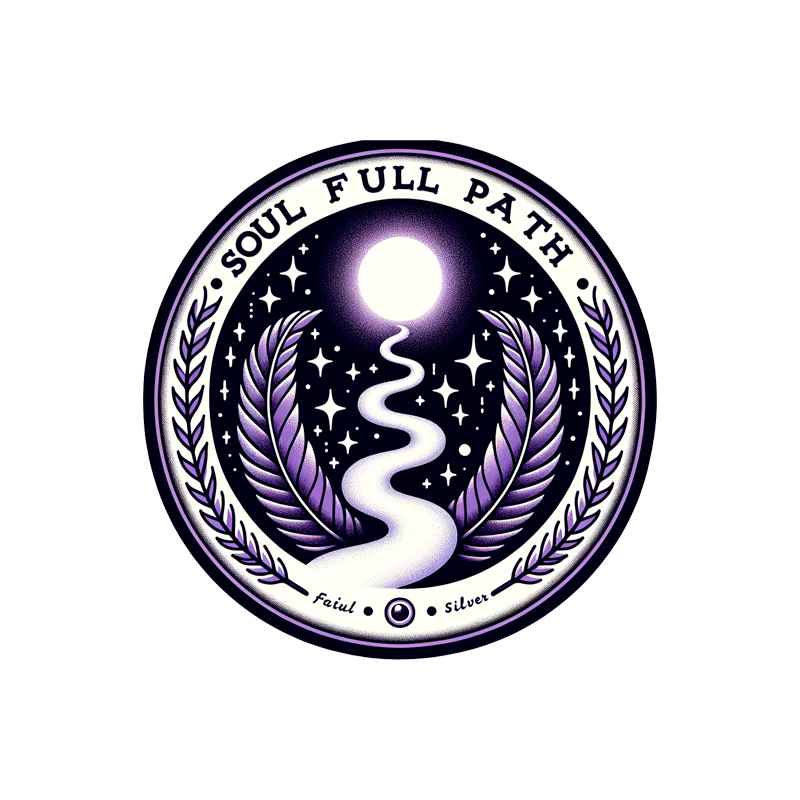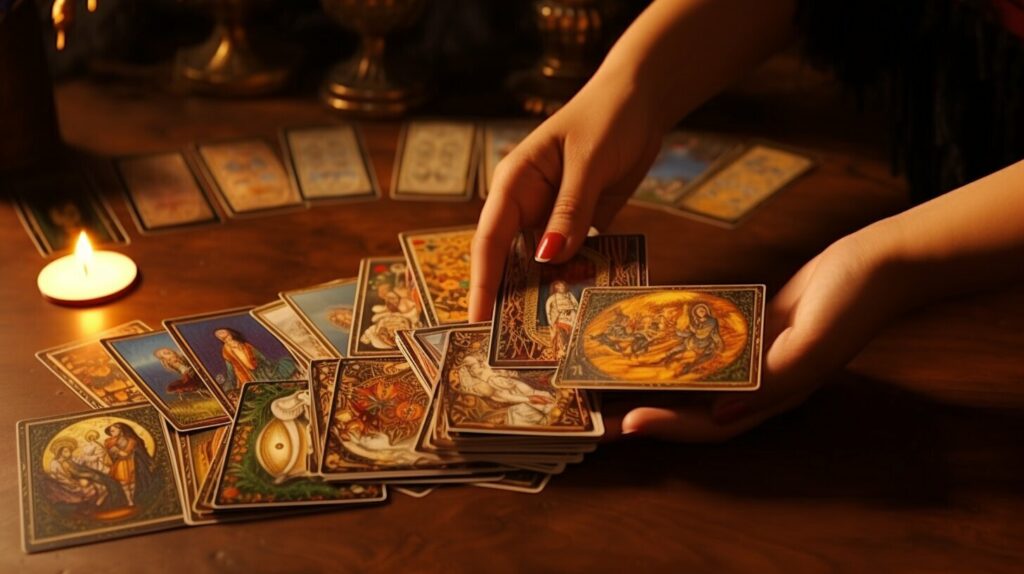Welcome to the fascinating world of runes! These ancient symbols hold a special place in the hearts of ancient Germanic and Norse cultures. Derived from the Old Norse word “rún,” runes were more than just a writing system – they were shrouded in mystery and secrecy, representing a hidden knowledge passed down through the ages.
Before the Latin alphabet became widespread, runes were used by Germanic peoples to communicate and record important information. They were not just letters but also had a conceptual meaning, known as “concept runes,” making them a unique form of expression.
The history of runes dates back to the 1st century AD, with the earliest secure runic inscriptions found on the Svingerud Runestone. Although the Latin alphabet eventually replaced runes, their use persisted for specialized purposes.
The three most well-known runic alphabets are the Elder Futhark, the Anglo-Saxon Futhorc, and the Younger Futhark, each with its own distinct characteristics and historical significance.
Key Takeaways:
- Runes were an important part of ancient Germanic and Norse cultures, representing a secret and mysterious knowledge.
- They were used to write Germanic languages before the adoption of the Latin alphabet.
- The earliest secure runic inscriptions date back to the 1st century AD.
- The three main runic alphabets are the Elder Futhark, Anglo-Saxon Futhorc, and Younger Futhark.
- Runes have both a phonetic value and can represent concepts, known as “concept runes.”
The Transmission and Origins of Runes

Runes, with their ancient and mysterious origins, have captivated scholars and enthusiasts alike. The journey of the runic script begins with its transmission and the quest to uncover its true origins.
Believed to have been derived from Old Italic alphabets used by Mediterranean peoples, the runic alphabet has connections to Greek and Roman alphabets. Some theories even suggest a northern Italic or Danish origin. The transmission of writing from southern Europe to northern Europe is thought to have occurred through Germanic warbands, who encountered Italic writing firsthand during their campaigns.
In Norse mythology, Odin, the revered god, is associated with the runes. According to legend, he gained knowledge of the runes through self-sacrifice and hanging from the world-tree Yggdrasil. These sacred symbols were then passed on to the first human runemasters. While the exact details of this transmission remain shrouded in mystery, the runic script quickly spread across the Germanic world by the 5th century CE.
Through the ages, runes have retained their allure and significance. The stories and legends surrounding their origins speak of a powerful and ancient writing system that transcended cultural boundaries.
“The runes are a testament to the interconnectedness of ancient civilizations and the enduring power of the written word.” – Runestone Research Institute
Development and Use of Runes

The development and use of runes played a significant role in the communication and cultural expression of ancient Germanic peoples. One of the earliest classified runic scripts is the Elder Futhark, consisting of 24 characters. It was utilized from ancient times until approximately the 8th century CE, allowing the writing of languages such as Proto-Germanic, Proto-Norse, Proto-English, and Proto-High German.
As time passed, the runic script underwent changes and gave rise to different variations. The Younger Futhark emerged during the Viking Age and was used to write Old Norse. With its 16 characters, it showcased simplifications and shape modifications compared to the Elder Futhark. Meanwhile, in England and Frisia, the Anglo-Saxon Futhorc, also known as Anglo-Frisian Futhorc, served as the runic script of choice from the 5th to the 11th century CE.
Throughout the Germanic world, variations in the shapes, order, usage, and layout of runes existed due to regional, social, and chronological differences. Runes were inscribed on various materials, including wood and metal, offering a medium for both practical and artistic expression. Runestones, especially prevalent during the Viking Age, stand as enduring markers of ancient stories, beliefs, and historical events.
The development and use of runes provide a window into the rich and diverse legacy of ancient Germanic cultures. The different runic scripts, such as the Elder Futhark, Younger Futhark, and Anglo-Saxon Futhorc, reflect the evolution of writing systems and the cultural nuances across time and place. The inscriptions and runestones invite us to delve into the mysteries and meanings encoded within this ancient form of communication.
Read More About Unravel Mysteries with Tarot, Runes, and Astrology Today
FAQ
What are runes?
Runes are letters in a set of related alphabets known as runic alphabets native to the Germanic peoples. They were used to write Germanic languages before the adoption of the Latin alphabet and for specialized purposes thereafter.
How many variations of the runic script are there?
The three best-known runic alphabets are the Elder Futhark, the Anglo-Saxon Futhorc, and the Younger Futhark.
When were the earliest runic inscriptions found?
The earliest secure runic inscriptions date from the 1st century AD, with the Svingerud Runestone dating back to the 1st to 2nd century AD.
What are the origins of the runic script?
The origins of the runic script are still under debate. It is believed to have been derived from Old Italic alphabets used by Mediterranean peoples in the 1st century CE.
How did the runic script spread across the Germanic world?
The runic script quickly spread across the Germanic world by the 5th century CE.
How did Odin gain knowledge of the runes?
According to mythology, Odin gained the knowledge of the runes through self-sacrifice and hanging from the world-tree Yggdrasil. The runes were then imparted to the first human runemasters.
What materials were runic inscriptions found on?
Runic inscriptions are found on various materials such as wood, metal, and runestones, which were prevalent in Scandinavia during the Viking Age.
What is the significance of the Elder Futhark?
The Elder Futhark, with 24 characters, was the earliest classified runic script and was used until around the 8th century CE. It was used to write Proto-Germanic, Proto-Norse, Proto-English, and Proto-High German.
What is the significance of the Younger Futhark?
The Younger Futhark emerged after 700 CE and was used to write Old Norse during the Viking Age. It had 16 characters and underwent simplifications and changes in shape.
What is the significance of the Anglo-Saxon Futhorc?
The Anglo-Saxon Futhorc, also known as Anglo-Frisian Futhorc, was used in England and Frisia from the 5th to the 11th century CE.
Did variations exist in the usage and layout of runes?
Yes, variation in the shapes, order, usage, and layout of runes existed due to regional, social, and chronological differences.





